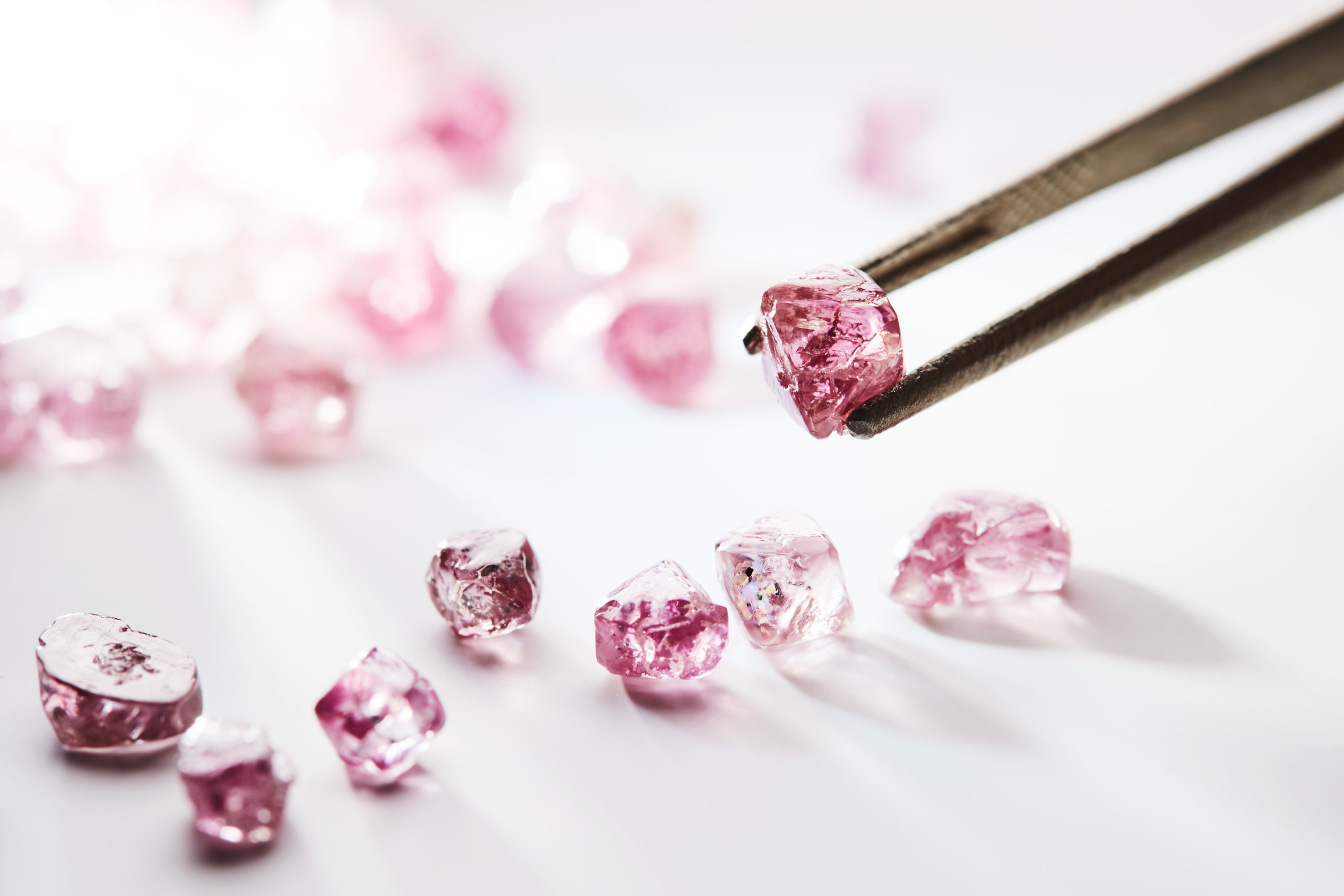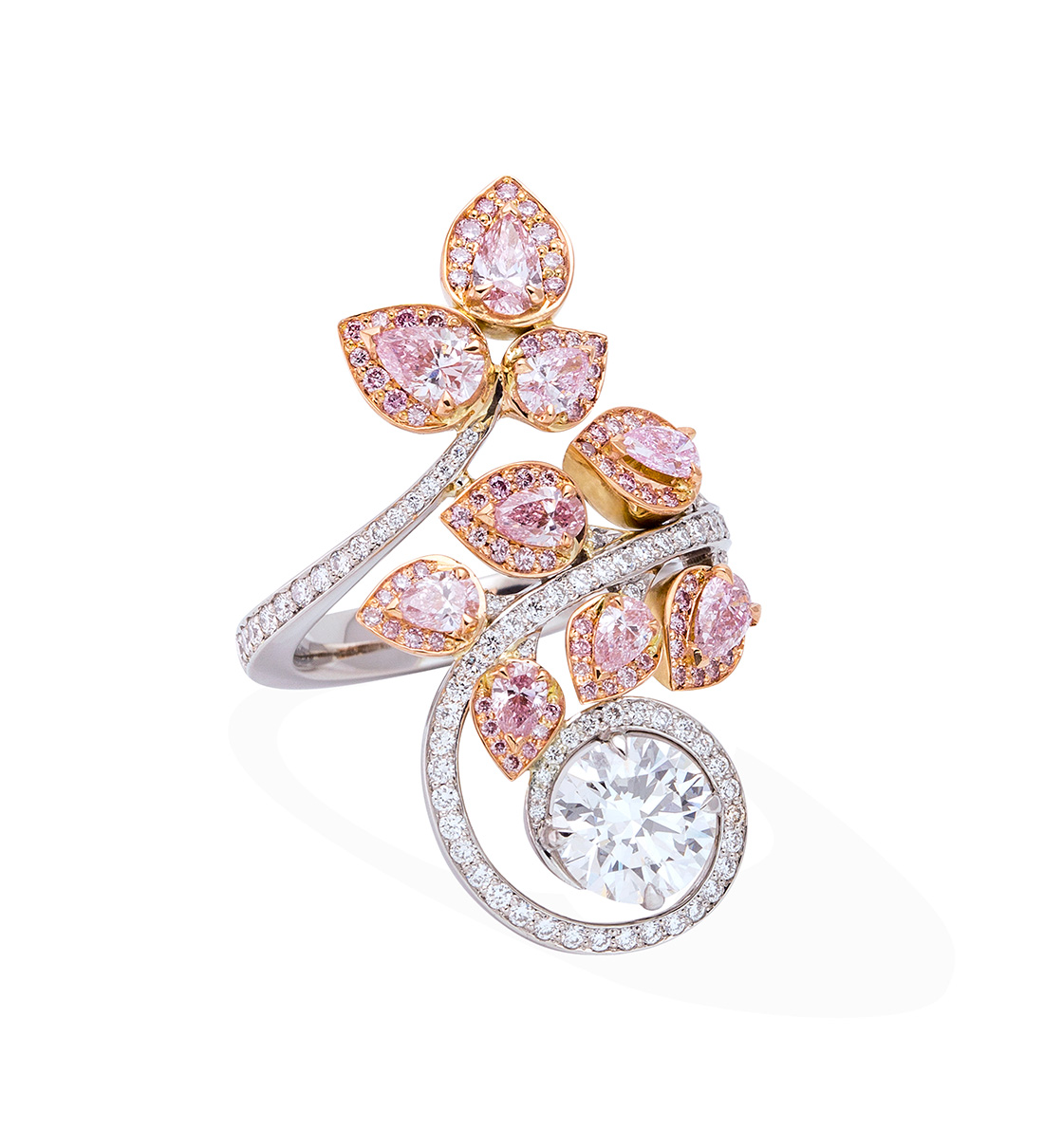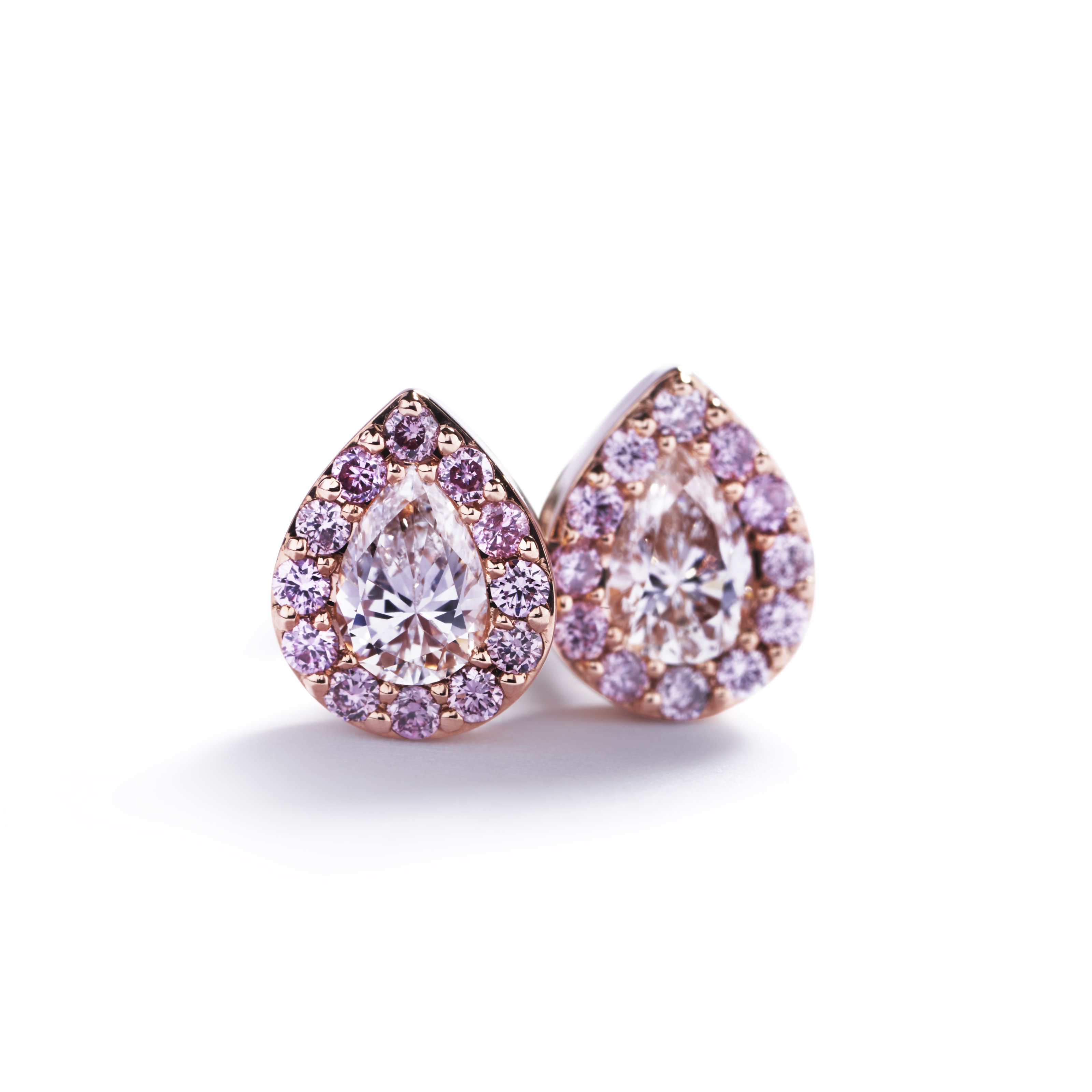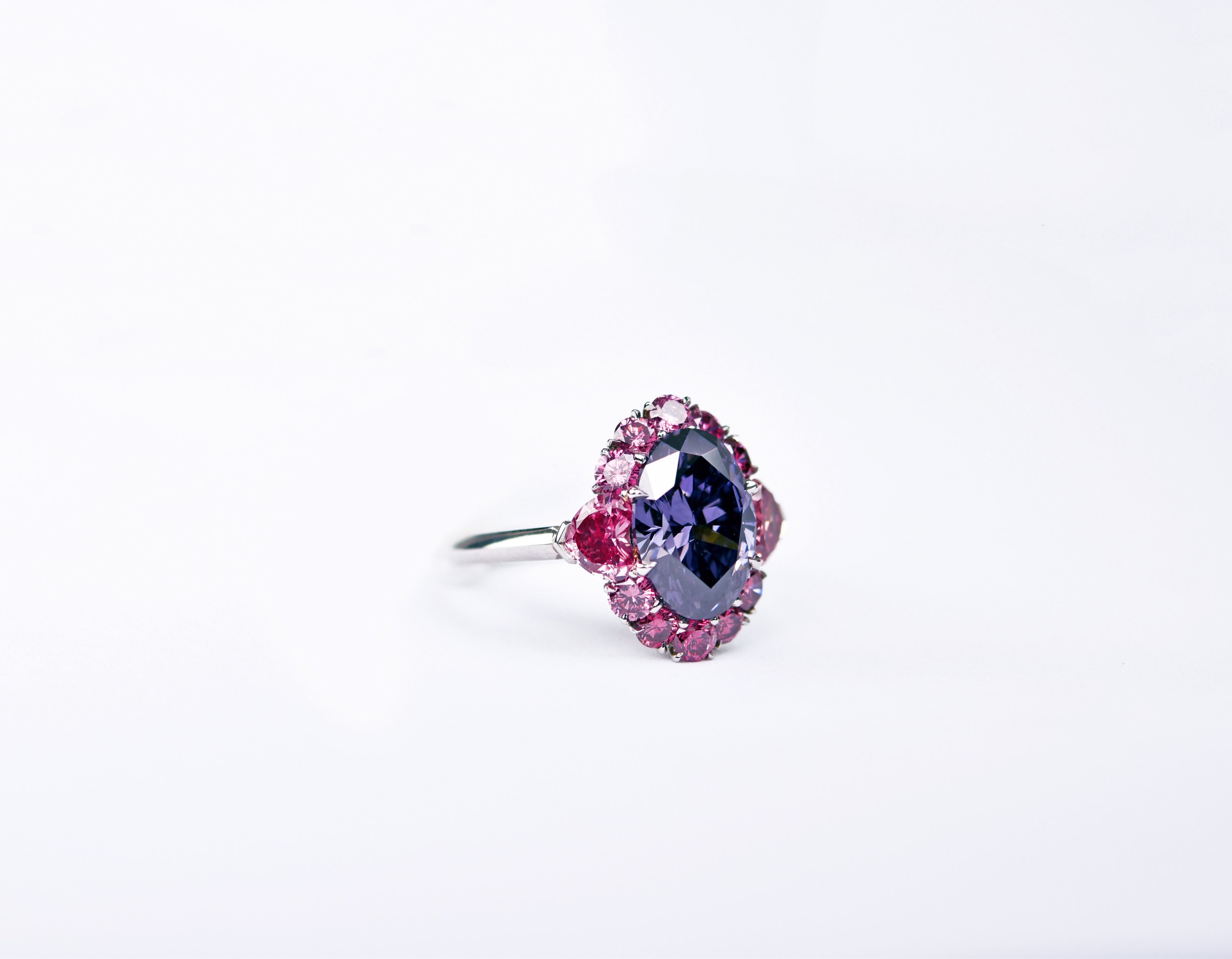The Closure of the World’s Main Pink Diamond Source

Talk about a rock-solid investment: the value of an Argyle pink diamond has appreciated by 500 percent over the past 20 years, outperforming all major equity markets. And the stones have just become even more valuable: earlier this month, the Argyle Diamond Mine in Western Australia, the source of 90% of the world’s pink diamonds, was depleted and closed.
It’s important to note that pink diamonds aren’t just coveted just for their beauty, but also for their rareness. While it’s believed that the pink color is a result of a twist within the stones’ original atomic lattices during formation over a billion years ago, geologists still face many mysteries regarding their production phenomena. Whatever the cause, the result is a beautiful stone, soft pink to deep saturated pink and violet in color, that boasts the inherent sparkle of a diamond.

The Price of Rarity and Beauty
When Sotheby’s sold a 14.83 carat vivid purple pink diamond in Geneva on November 11, 2020, it fetched a record price of $26.6 million. The largest diamond of this color to ever come to auction, an occurrence like this won’t likely happen again anytime soon.
“Pink diamonds, perhaps more than any other colored diamond, have captured the imagination of collectors for centuries,” explains Gary Schuler, Worldwide Chairman of Sotheby’s Jewelry Division. Pink diamonds, he pointed out, represented five out of the ten most valuable diamonds ever sold at auction.
“These exceptional sales, all realized in the last decade, are a testament to the growing appreciation and awareness of the great scarcity of these natural treasures around the world. And with the supply of these beautiful stones becoming ever more limited, they are likely to continue to become even more prized.”
“The Argyle mine’s closure,” Schuler explains, “will undoubtedly affect the balance of the supply and demand of colored diamonds and ultimately their market value.”
Long before the mine’s closure, Argyle’s precious pinks were hard to get a hold of —especially those gems over one carat in size. While the mine produced over 865 million carats of rough diamonds in its 37-year lifespan, only 0.13 percent of the cache were pinks of high enough quality to be offered in the annual Argyle Pink Diamond Tender; an entire year’s worth of Argyle pink diamonds over a half-carat in size could fit in the palm of your hand. With so few precious pinks, the Argyle mine offered its annual cache of stones (usually around 60 diamonds) to an exclusive group of 100 invitation-only dealers, collectors and jewelers who were invited to place them for sealed bids. A suspenseful process, it proved the only equitable way to distribute the highly desirable stones amongst a big group of would-be buyers around the world.

One of the Argyle mine’s longtime buyers is L.J. West, a New York jeweler that began bidding on pink diamond tenders in 1990. His company purchased a rare four carat vivid pink (the largest pink offered in a tender), a few days after 9/11, when the market was uncertain, recalls Scott West, an owner of the company. Since that time, the prices have skyrocketed, and he expects that trajectory to continue.
“Because Argyle pinks are both beautiful and rich with history and significance, I think these diamonds will captivate the imaginations of collectors for generations, especially after the closing of the mine,” says West.
The Pioneering Trail of Natural Pink Diamonds
The story of the Argyle mine is legendary. Prior to its discovery, most people had never laid eyes on a colored diamond, or even knew they existed. For years and years, they were so rare and expensive that they traded only among a few hands. That is, until the Argyle mine was discovered, and enough small-sized pinks were produced and marketed that accessibility increased to a range of jewelry designers.

The fact that Rio Tinto, the mine’s owner, even discovered the pink diamond mine is remarkable. “Fifty years ago, very few people would have believed that diamonds could be found in Australia,” says Robyn Ellison, Communications Manager at Rio Tinto Diamonds.
Though diamonds were actually first discovered in Australia in the 1850s, it took more than a century before the search began again. In the early 1970’s, geologists began exploring a remote region of Western Australia about the size of the state of Texas. After seven frustrating years of searching, they finally discovered four small diamonds in a dry creek bed that led to the Argyle mine in 1979.
It took heroic efforts to build the mine’s infrastructure and develop new technology and processes to get the mine operational. Alluvial mining began in 1983, and two years later they started open pit mining. By 2013, Argyle was a fully underground Operation. The final truck load of rough stones left the mine on November 3 of this year.
What’s Next for the Coveted Natural Pink Diamonds?
Those lucky few invited to bid on the penultimate Argyle Pink Diamond Tender in early December 2020, will have a coveted opportunity to buy stones directly from the mine, likely for record-breaking prices. Ranging from pink to violet to blue to purple–pink to red, the diamonds up for sale include 62 polished pink diamonds, 21 of which are over one carat and three of which are over two carats, plus 12 curated sets of miniature Argyles. Additionally, the hero stones of this collection include the Argyle Eternity, a 2.24 carat fancy vivid purplish-pink round diamond, and the Argyle Ethereal, a 2.45 carat fancy intense purple-pink square radiant cut.
One year after, the 2021 Argyle Pink Diamonds Tender will be the final one based on the best pinks from the 2020 production. The mine may be depleted, but Argyle pink diamonds will remain a coveted collectible for generations to come, in the same way the Golconda mine’s name lives on as the source of the world’s finest colorless diamonds even decades after the mine was depleted and closed.

